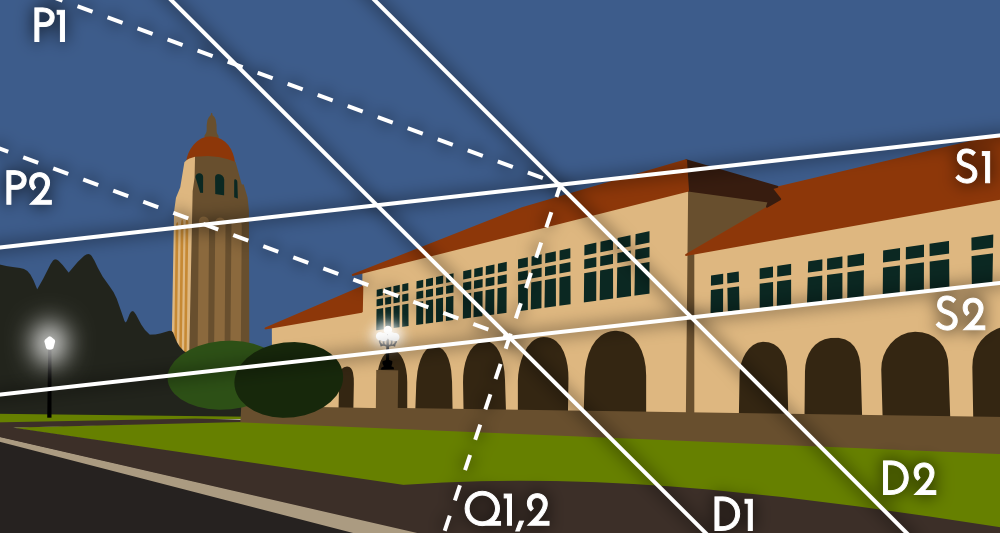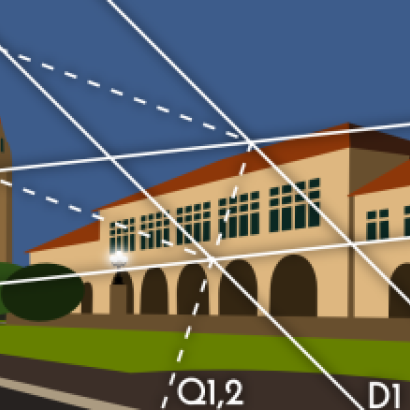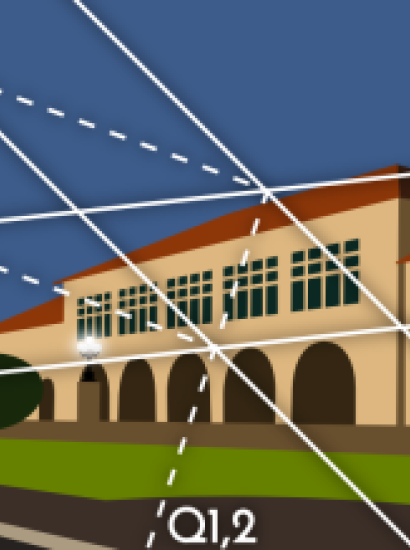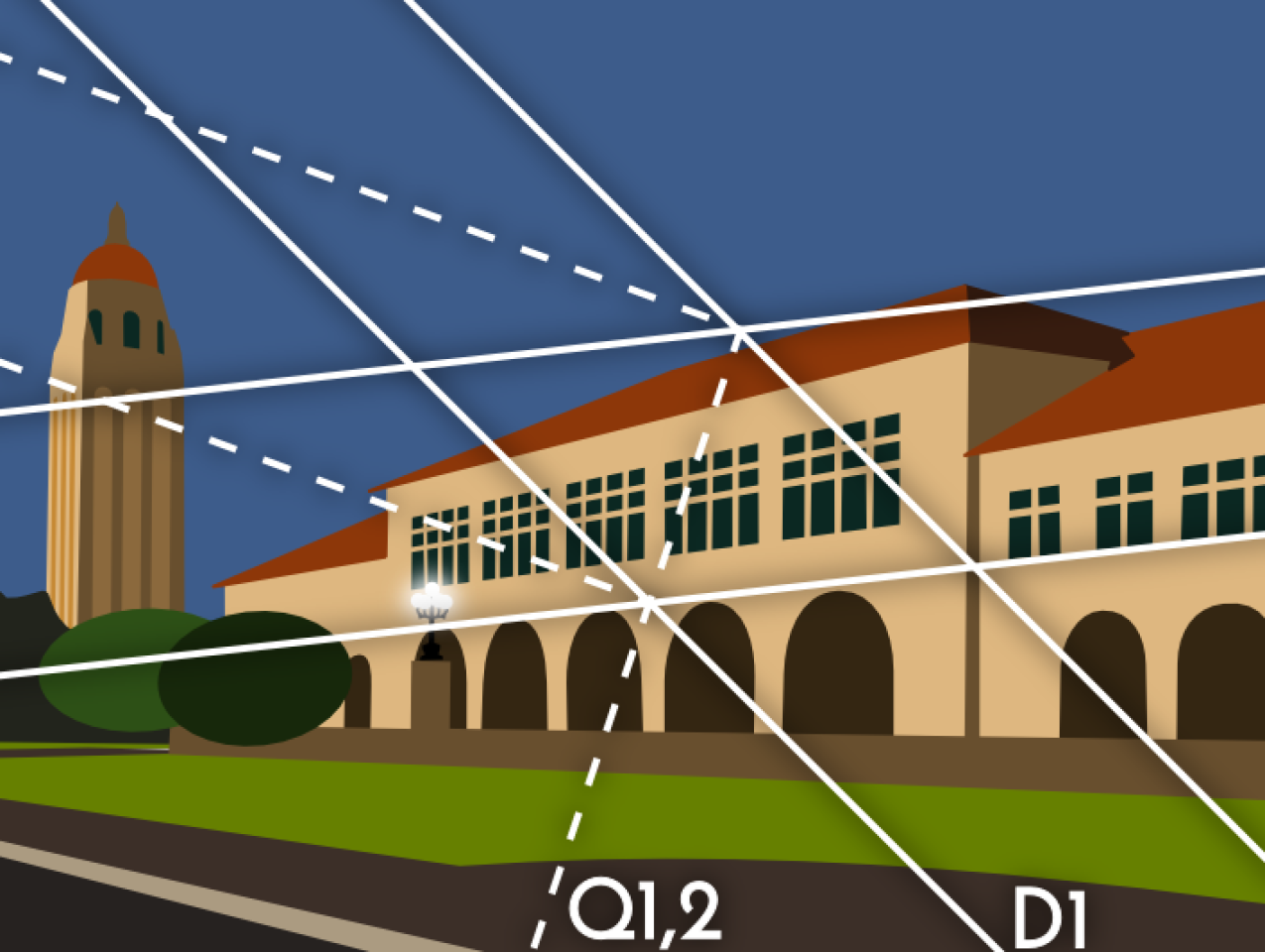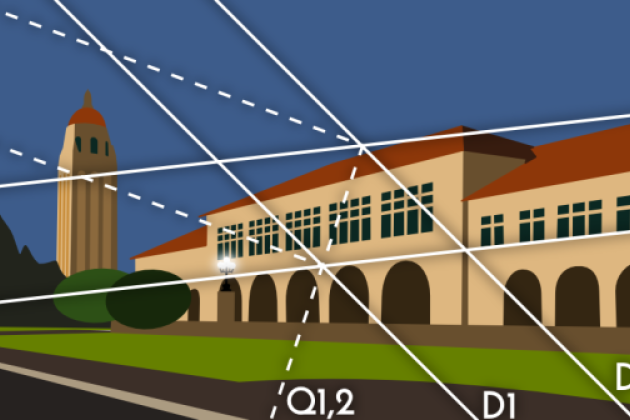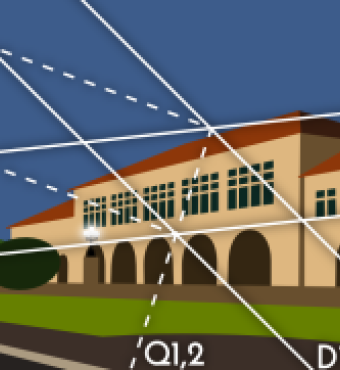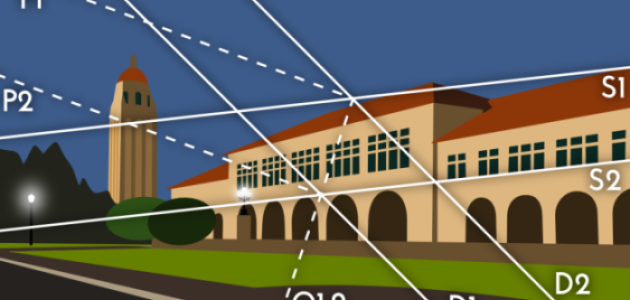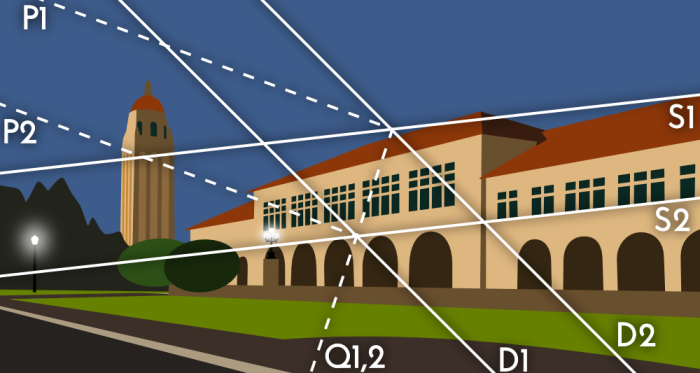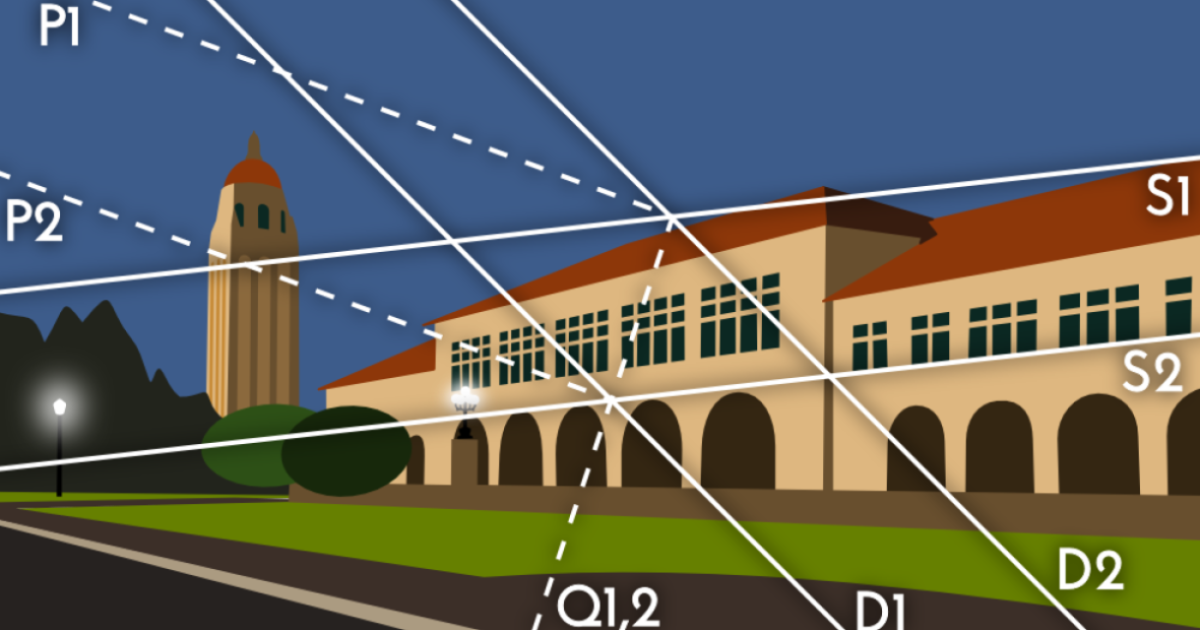For years at Stanford I've taught Econ 1, one of the university's most popular courses that covers the basics of economics. I usually teach in a large lecture hall filled with hundreds of students, but this summer I tried something new. I gave an online-only version of the course, with a twist: It was offered to Stanford students for credit, as well as to the public.
Stanford had never offered undergraduate credit for a course taught completely online. As with most innovations, it took a while for people to warm up to the idea, but Stanford's administration allowed me to try the experiment. The results have implications for Stanford and other universities.
The course was called Econ 1v. Last fall, after each Econ 1 classroom lecture, I went to a recording studio and gave the same talk divided into smaller segments, for easier online viewing. Producers then mixed in graphs, photos, videos, illustrations and captions, and indexed each video for easy searching.
We supplemented these videos—about 70 in all—with study materials and discussion forums on Stanford's online platform at Class.Stanford.Edu, which is similar to the so-called massive open online course (MOOC) platforms operated by the firms Coursera or Udacity.
But Econ 1v is not a typical MOOC. My experience teaching large classes is that most people need more than lectures and a few quizzes to learn basic economics. They have to be active, talk the language of economics, work out problems, and take the economic models seriously by applying them to current events. That requires a level of commitment not usually seen in the typical MOOC, where attrition rates are reportedly very high.
To get that commitment, Econ 1v was offered to Stanford undergraduates, including matriculated students and incoming freshmen, and visiting students from other universities who were willing to pay Stanford's tuition. For Stanford students the credit would count for their degree. For non-Stanford students the credit could be used at their colleges.
The course was also offered online free to anyone. The video lectures and the platform for the open online and the for-credit track were identical, but students in the for-credit course had additional interactive sessions and more comprehensive assessments with grades at the end. We gave the open online students the option of taking only key parts of the course—such as the supply and demand model or basic monetary and fiscal policy. People in the open online course could earn a Statement of Accomplishment issued by Stanford.
We kept enrollment relatively small. The for-credit track had about 25 students, most of them matriculated Stanford students who were at home or traveling for the summer. Some, however, were incoming freshman and students from other colleges that agreed to count the Stanford credits. The open track, on the other hand, had about 15,000 students from more than 150 countries, most from developing countries in Asia and Africa.
Students' grades in the for-credit online course were as good as in the course I teach on campus. The feedback was positive: Their numerical course evaluation score was better than for on-campus version—and only one person dropped out after starting. Econ 1v allowed Stanford students to learn while traveling abroad or doing summer internships. One student was interning at a local high-tech firm, and others were traveling abroad. One took the final exam in India, another in Botswana and another in Singapore.
Econ 1v gave incoming freshmen a chance to get a head start on requirements. More online-only courses would continue to increase student flexibility. And perhaps most intriguing for the future, this approach provides these same advantages to students from other colleges and universities who want to take an online Stanford course and get credit.
On top of all this is the byproduct of a free opportunity for people around the world to explore economics and understand the benefits of free markets. And as we learn how to provide better services in the for-credit track we will apply similar scaled-up improvements to the open online track.
All this has led many to worry: Would more online learning disrupt higher-education? Perhaps. But my experience—starting small, dovetailing with rather than replacing existing structures, and collaborating with people in other fields—has been about creating new ways of teaching and learning, building on, rather than disrupting, existing ones. Most rewarding were the expressions of thanks to "Professor Taylor and the Stanford teaching team" from students in the poorest countries in the world, all eager to learn and grateful for the opportunity.
Mr. Taylor is a professor of economics at Stanford University and a senior fellow at the Hoover Institution.







